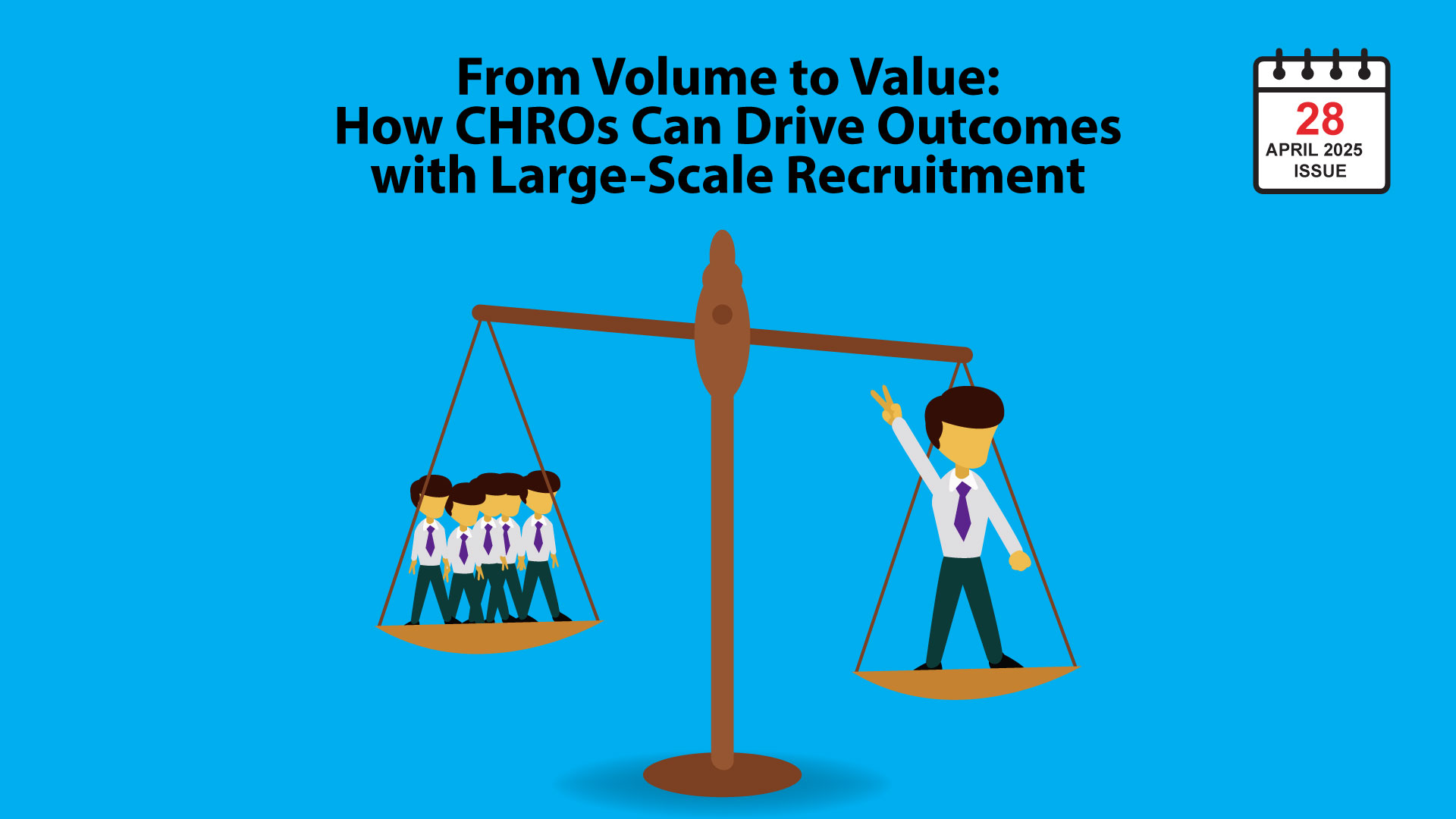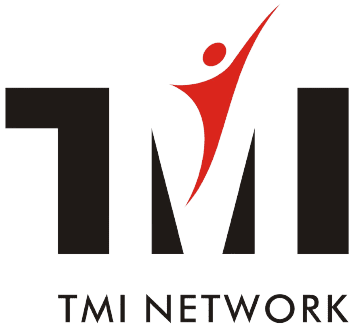

From Volume to Value: How CHROs Can Drive Outcomes with Large-Scale Recruitment

In India alone, over 1 million frontline workers are hired every quarter
Across BFSI, retail, logistics, and manufacturing sectors. Yet, over 40% of these hires attrite within the first 90 days (Quess Corp, 2023). That’s not just a retention problem – it’s a business impact crisis.
For CHROs and Talent Acquisition Heads
The mandate is no longer just filling roles at scale. It’s about driving business outcomes — productivity, retention, and role readiness—through recruitment.
The Hidden Cost of Volume-Only Hiring
Let’s face it:
High-volume hiring often becomes a numbers game. But the hidden costs are staggering:
- ₹40,000–₹60,000: Average cost to hire and onboard a frontline sales employee
- 30–45 days: Time taken to replace a bad hire
- 60%: Productivity lost due to lack of role fit or poor onboarding (NHRDN, 2023)
Yet, most hiring engines remain transactional: focused on job boards, walk-ins, and placement vendors with little integration into performance metrics.
From Filling Seats to Fueling Growth
The new paradigm for large-scale recruitment must move from volume to value. Here’s how:
1. Define Success Metrics Beyond Joinees
Progressive CHROs now tie hiring success to:
- Day 30/60 productivity
- 90-day retention
- Time-to-performance
This shift is critical. According to a 2024 Deloitte survey, companies that linked TA metrics to business KPIs saw 22% higher workforce ROI.
2. Use Data-Driven Screening for Role Fitment
High dropout rates often stem from poor fitment. Digital assessments, microsimulations, and behavioral screening tools are helping large firms like ICICI and Reliance Retail achieve up to 18% lower first-month attrition.
Role modelling tools—like those used in TMI Group’s People Performance Analytics—map high performer traits to screen candidates more intelligently, especially in frontline sales and operations roles.
3. Create Integrated HireTrain-Deploy Pipelines
The future of large-scale hiring lies in simultaneous hiring and skilling. Instead of post-hire training, leading CHROs are deploying induction-linked training platforms during hiring itself.
In a recent project with a leading NBFC, TMI Group integrated hiring with outcome-based training. The result: Productivity within 21 days and a 12% reduction in early attrition.
4. Automate Candidate Experience—But Personalize Where It Matters
CHROs investing in automation platforms with personalized nudges, multilingual chatbots, and onboarding gamification have reported:
- 30% improvement in joining ratios
- 50% drop in pre-joining disengagement
Speed without empathy leads to churn. Scale with personalization wins.
Conclusion: A Strategic CHRO Mandate
As talent becomes a competitive advantage, CHROs must pivot recruitment from a cost center to a strategic lever for business outcomes. Volume is easy. Value takes design, data, and discipline.
If you’re planning a 1,000+ role hiring campaign this quarter, ask yourself: Are we hiring for headcount or for performance?
